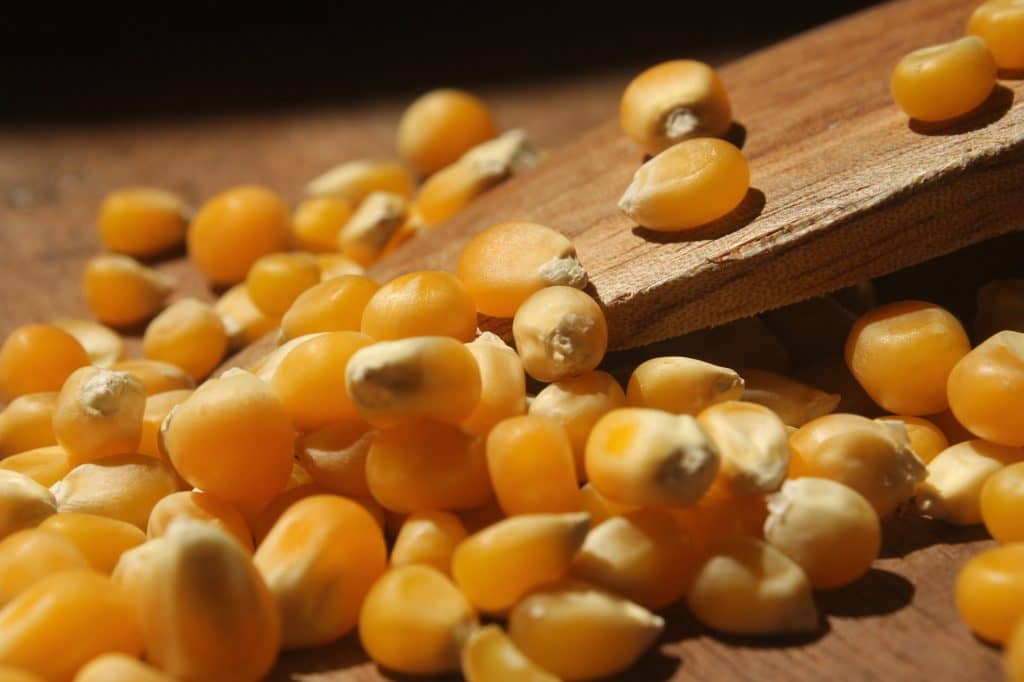Porto Alegre, February 21, 2022 – While soybeans try to adjust to the new South American production numbers and prepare for a stressful US weather market, corn continues with high prices, monitoring the demand for ethanol, the movement in the wheat market and expectations for the planting of the 2022 US crop. Prices of USD 6.50/bushel on the CBOT seem expensive given the current conditions of US stocks and the lack of purchases by China. However, the market continues to observe these short-term sales decisions by US growers in terms of pressure or not on prices.
We must consider that the stocks of 39 mln tons in the United States in the current business year should not be considered too low, but they are not stocks that comfort supply in case of a problem in the 2022 US crop. So, still preserving the condition of the Argentine crop in full definition of production, which may affect the flow of US exports, the US stocks today would not justify a price of USD 6.50/bushel, mainly because China has not yet appeared for purchases this year (in fact, since June 2021).
So, the factors that have sustained high prices in the international market are:
– High wheat prices. Although the Northern Hemisphere crops are doing well and production forecasts are very good, wheat is still supported by the conflict involving the Black Sea region, and particularly the world’s largest wheat exporter, Russia. The risk of economic and trade embargoes on Russia by the West would quite hinder the wheat market. This point still supports the CBOT wheat prices and, consequently, corn;
– High oil prices continue, and the demand for ethanol remains firm. The continuity of this good demand helps to support corn prices;
– Expectations with the Argentine crop. Argentine production is the only one that arrives in the first half of the year and can offer good volumes to the international market. Therefore, attention is kept on Argentina due to the international demand that could be converted into US corn in the first half of the year;
– Tension with the decision of US growers towards the planting of the 2022 crop. Soybeans jumped from USD 12 to 16/bushel with the losses in South America. Corn rose from USD 6.30 to 6.50/bushel. The exchange ratio has improved a lot in favor of soybeans, and there is already the consensus that this crop will gain acres in the next planting. Also spring wheat could gain ground in the Plains. With record planting expenditure, corn has to compete with soybeans and wheat. In this last week of February, the traditional USDA forum will be held, bringing some short- and medium-term estimates for markets. These projections are based on December data, therefore, they may not directly reflect the reality for this 2022 crop. The number that actually displays the beginning of the 2022 crop in the United States will be released on March 31 with the planting intentions report by USDA. And the bias is still more inclined to soybeans than to corn, maybe with 2 to 3 mln acres being switched between the crops.
The fact is that the historic crop failure in South America, not yet fully positioned relative to the USDA data, puts additional pressure on the 2022 US soybean crop, that is, it will need to be perfect. And under this pressure, corn with stable stocks could lose the competition for area. At the end of the week, the CBOT was trying to break through the barrier of USD 6.50/bushel, even with the complete absence of China in new imports.
The Argentine crop received rain last week in the province of Buenos Aires and southern Cordoba. In most of the producing regions, the situation remains critical and without restoring soil moisture. November plantations, the largest portion of Argentina’s corn and soybean crops, are entering the pollination and blossoming stages from this week. Critical phase and with urgent need for rain. For this last week of February, the scenario of the last few days should be repeated, that is, spotty rains in Buenos Aires and little rain in other provinces. The Argentine crop may have similar losses to those of southern Brazil in the next thirty days. For now, the consensus figures indicate 48 mln tons of potential production, still without a new realistic official estimate of the local crop.
SAFRAS Latam

